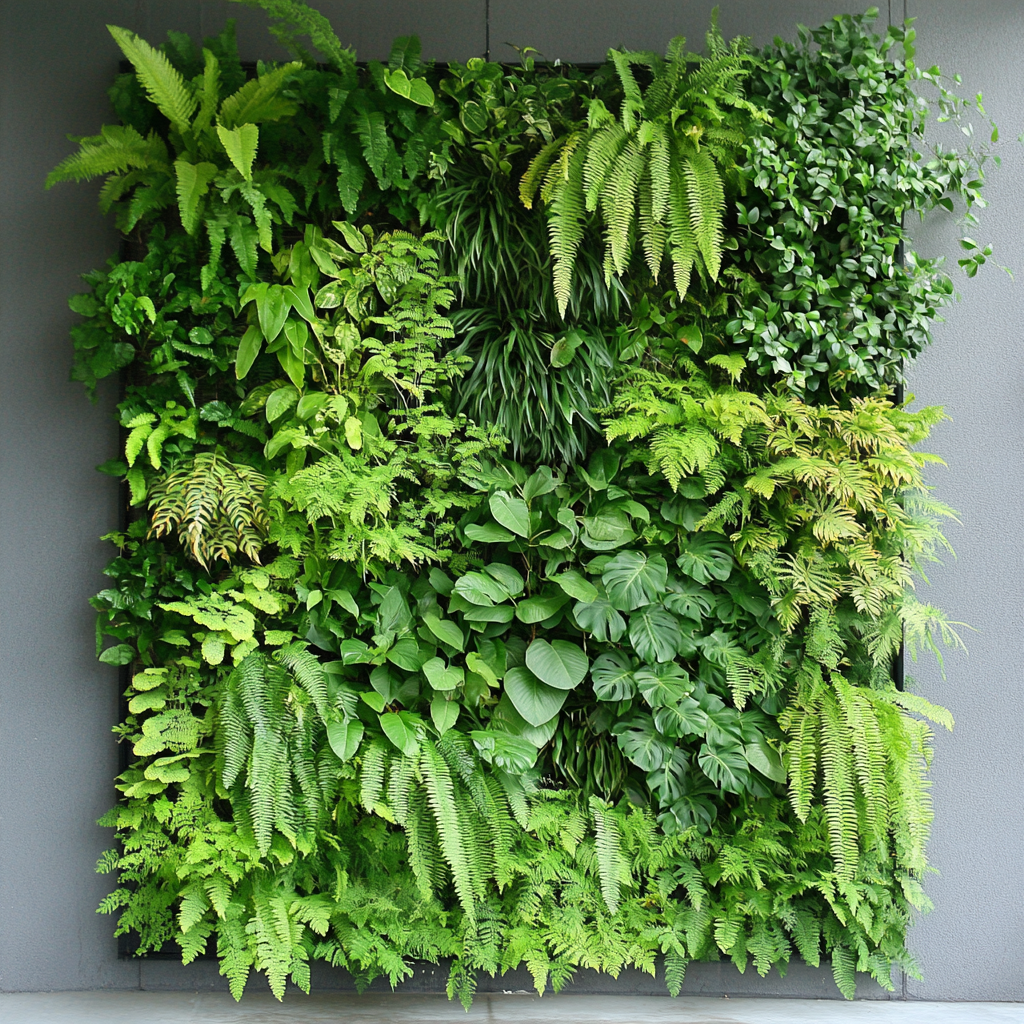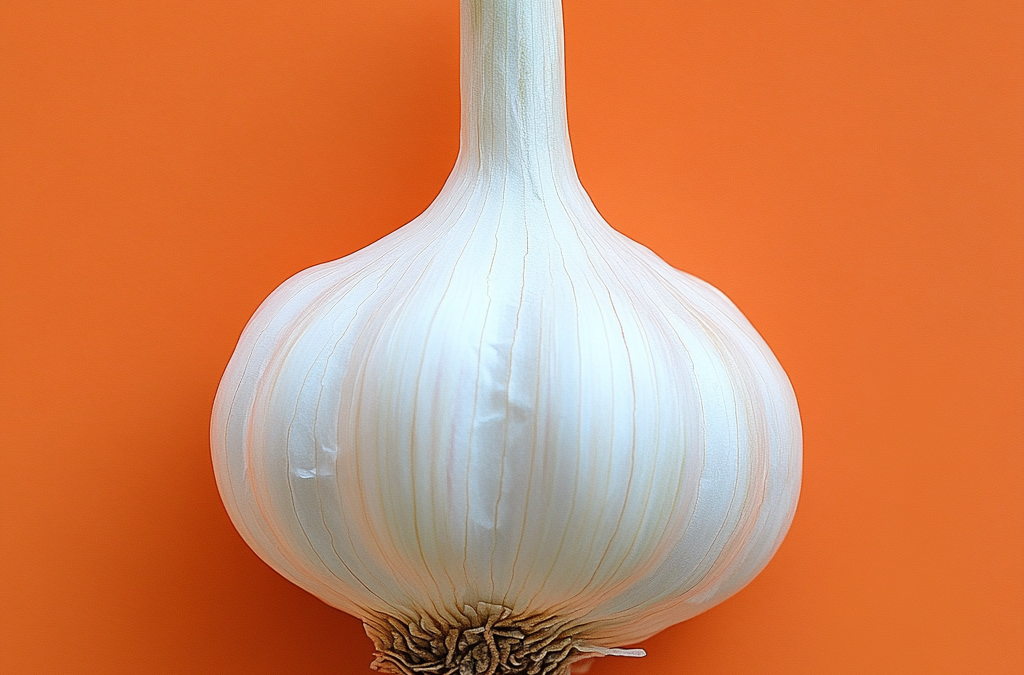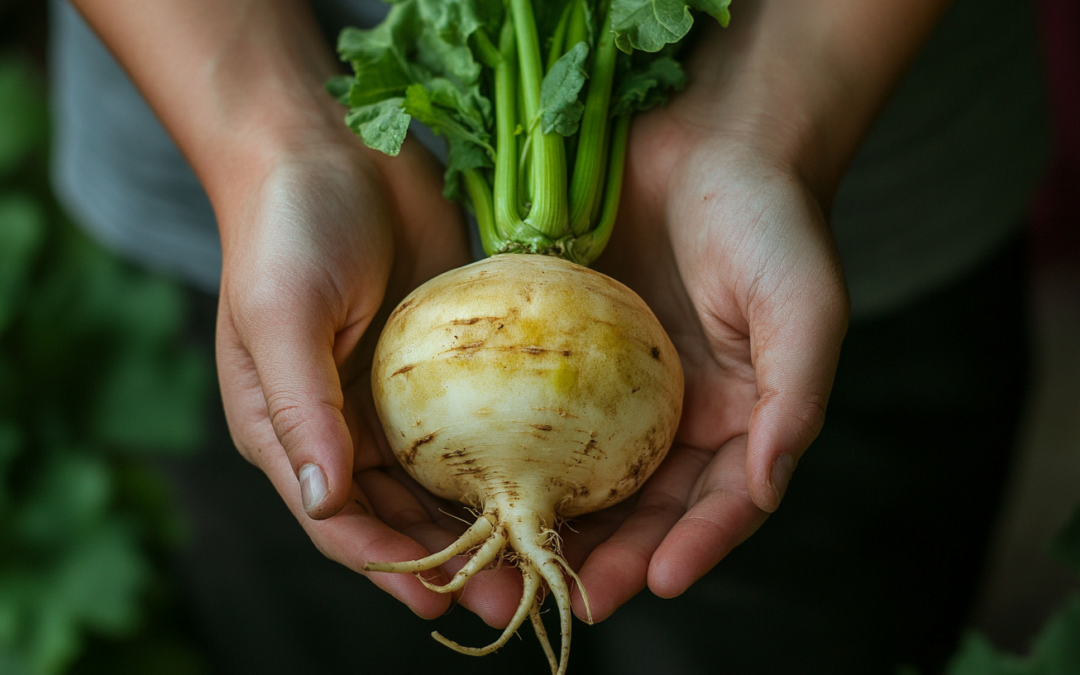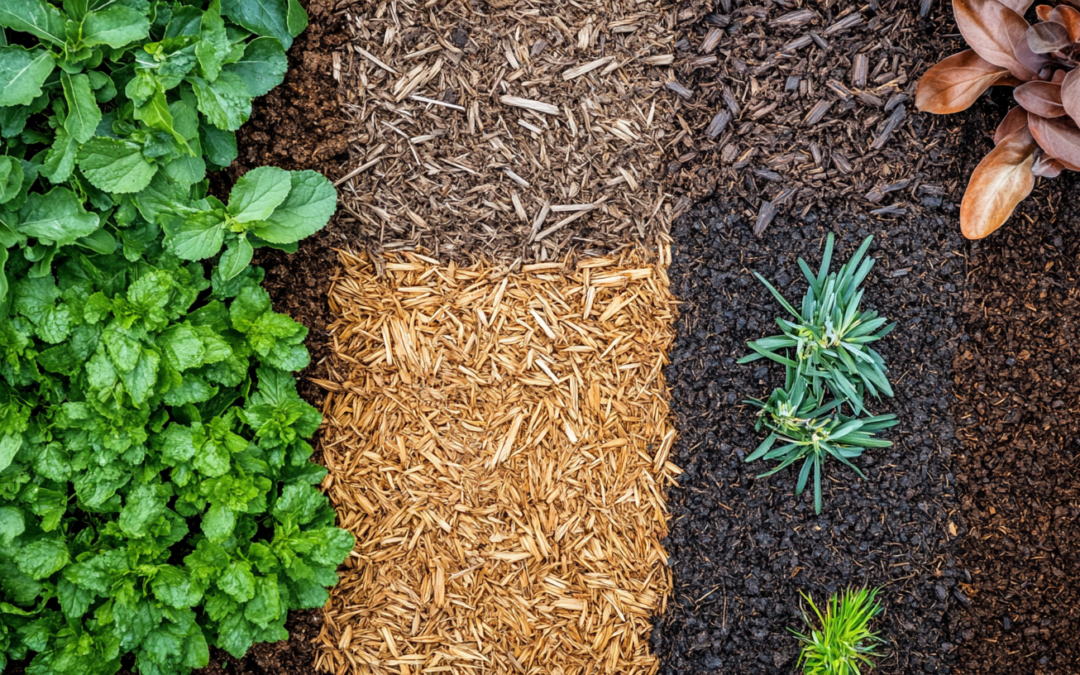Small spaces don’t mean you have to limit your gardening dreams! One of the best ways to make the most of a small garden is by going vertical. Whether you’re working with a tiny balcony, a compact backyard, or even just a windowsill, vertical gardening allows you to grow more plants in less space. Here are some creative and effective ways to take your garden to new heights!
1. Use Trellises for Climbing Plants
Trellises are a game-changer when it comes to vertical gardening. They provide support for plants like tomatoes, cucumbers, peas, and beans, allowing them to grow upwards rather than outwards. You can install a simple wooden trellis against a wall or fence, or even create a DIY version using bamboo poles or wire.
Tip: Choose lightweight, compact climbing plants that don’t take up too much space but still produce a great yield.
2. Hang Planters from the Ceiling or Walls
Hanging planters are perfect for small spaces, and they add a beautiful aesthetic touch to your garden. You can use macramé hangers, wall-mounted shelves, or even repurpose old containers to create a hanging garden. Herbs, flowers, and small vegetables like strawberries thrive in hanging planters.
Tip: Make sure your hanging planters have proper drainage to prevent waterlogging.
3. Build a Vertical Garden Rack
A vertical garden rack or tower is a great way to grow multiple plants in a small footprint. These racks have multiple levels, allowing you to stack pots or containers. They can be placed in corners, against walls, or even along pathways.
Tip: Consider a rotating rack to give each plant equal sunlight exposure.
4. Create a Green Wall or Living Fence
If you have a small wall or fence, consider transforming it into a green wall or living fence. You can install planters or use a modular system that allows plants to grow vertically. Vines, flowers, and even vegetables like lettuce or spinach can thrive in this setup.
Tip: Use plants that are suited to vertical growth, like ivy, morning glories, or sweet peas.
5. Use Vertical Gardening Kits
There are many pre-made vertical gardening kits available, ranging from stackable planters to hydroponic towers. These kits are designed to help you grow more in small spaces without needing a lot of effort or experience. They’re a great option if you want a low-maintenance, efficient way to garden vertically.
Tip: Choose a kit with built-in irrigation to make watering even easier.
6. Repurpose Old Items for Vertical Gardening
You don’t need to spend a lot of money on fancy planters—get creative with items you already have! Old ladders, wooden pallets, or even shoe organizers can be repurposed to hold plants and grow upwards. This is an affordable and eco-friendly way to create a vertical garden.
Tip: Make sure any repurposed containers have good drainage to keep your plants healthy.
7. Grow Wall-Mounted Herb Gardens
Herbs are perfect for small spaces and vertical gardens. You can install wall-mounted herb gardens in your kitchen, on your balcony, or even on an interior wall. Growing herbs vertically keeps them easily accessible for cooking and saves space in your garden.
Tip: Opt for a mix of herbs like basil, parsley, and thyme that thrive in vertical environments.
Why Vertical Gardening Works for Small Spaces
Vertical gardening allows you to utilize every inch of your space, from floor to ceiling, giving you more room to grow a variety of plants. Plus, it can help with better air circulation and sunlight exposure for your plants. Whether you’re growing vegetables, flowers, or herbs, vertical gardening is a smart, space-saving solution for anyone with limited space.
Ready to take your garden upwards? Start with one of these vertical gardening ideas and watch your small space flourish!



